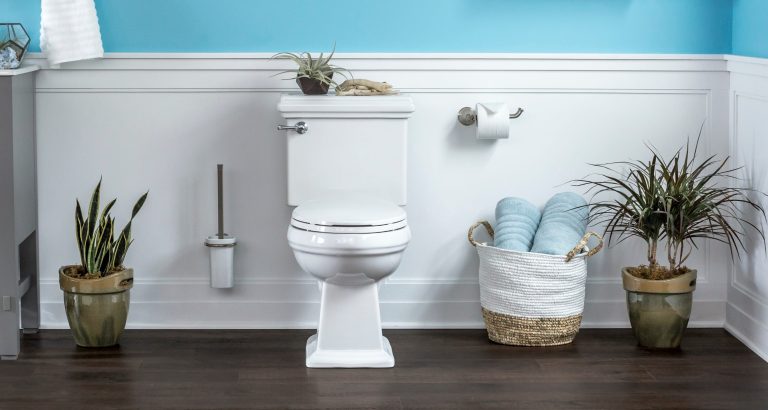It can be frustrating when your toilet overflows, especially if you don’t know how to fix it. An overflowing toilet is often caused by a clog in the toilet’s drain. However, it can also be caused by an improperly adjusted float or a blocked vent pipe.
The most important thing to do if your toilet is overflowing is not to flush it. This will add more water to the bowl and make a bigger mess for you.
To help you determine the cause We’ve compiled this handy guide on your overflowing toilet and how to fix it.
Determine the Cause
A clog is the most common cause of an overflowing toilet, but other possible causes exist. If you have frequent overflows, this may indicate a problem with a vent pipe. This pipe pumps external air into the plumbing system to replace the air used during each flush.
If this pipe is blocked, the toilet will overflow and be unable to function properly. This type of issue generally requires a professional plumber to fix it. If your toilet is overflowing from the tank rather than the bowl, the issue is likely due to a filler float sitting too high.
If the tank’s filler float is set too high, it will fill with too much water and spill out. It’s an easy fix: adjust the tank mechanism to control the float’s position.
Shut the Water Off
Shutting off the water supply to the toilet is the next step. The shutoff valve is usually on the wall behind the toilet. If you can’t locate the shutoff valve, look in your toilet’s tank for the float ball. Lift it high enough that the water stops running.
You can then shut the water off from the main water supply in your home, usually located near your water heater. If your toilet overflows after you’ve shut the water to the toilet off, you are likely dealing with a much more serious sewage backup issue. If you have this issue, call a plumber immediately to investigate.
Plunge the Toilet
Once the water is shut off, you can start tackling the offending clog in your toilet. You can remove some water from the toilet bowl with a bucket or other container so less water ends up on the floor as you plunge. To help absorb any water that spills out, grab some old towels to place around the toilet.
Don’t forget your rubber gloves! Once you’ve removed, some water and your gloves are on, start plunging. To create a strong seal between the toilet bowl and your plunger, you can coat the rim of the rubber cup with petroleum jelly. Fit the rubber cup directly over the toilet’s drain hole and forcefully push it down to ensure a tight seal.
Plunge up and down without breaking the seal around the drain hole for about twenty seconds. If you’ve plunged the clog out, the water should start to drain. Flush the toilet to ensure the drain is clear.
Use a Toilet Snake
If plunging doesn’t remove the clog, you may need to opt for a heavier-duty method: a toilet snake! A toilet snake, or toilet auger, is similar to other plumbing snakes. It features a flexible metal cable that can bend as it travels through the toilet’s plumbing. The snake features a hook on the end of the cable, which will grab hold of anything clogging your plumbing.
First, remove excess water as with the previous methods. Place the end of the cable into the bowl and crank the snake’s handle clockwise so it extends into the drain. Continue extending until you feel the resistance of the clog. Crank the handle counterclockwise to pull the clog out.
If the clog is quite large, you may need to repeat this process several times to remove the entire clog. You can flush the clog in small pieces down the toilet, taking care to make sure it doesn’t clog again.
Call a Plumber
It may seem like a given, but make sure you’re not flushing anything besides toilet paper down your toilet. Toilet paper can decompose and easily flow through pipes. Things like paper towels, baby wipes, and feminine products are not designed to do the same, which can lead to clogs. Sometimes, the clogs can become so serious that you must call a plumber, which can quickly get expensive.
Sometimes, despite your best efforts, you can’t fix an overflowing toilet alone. If you cannot clear the clog, it may be time to leave it to the professionals. Give your local plumber a call, and they’ll be able to fix it in a flash.

